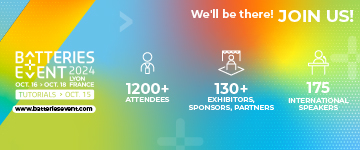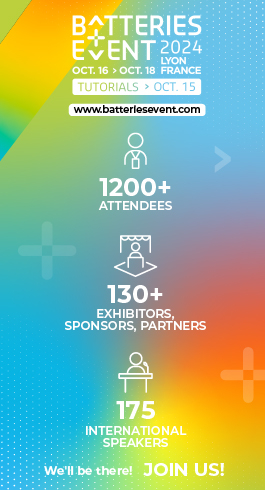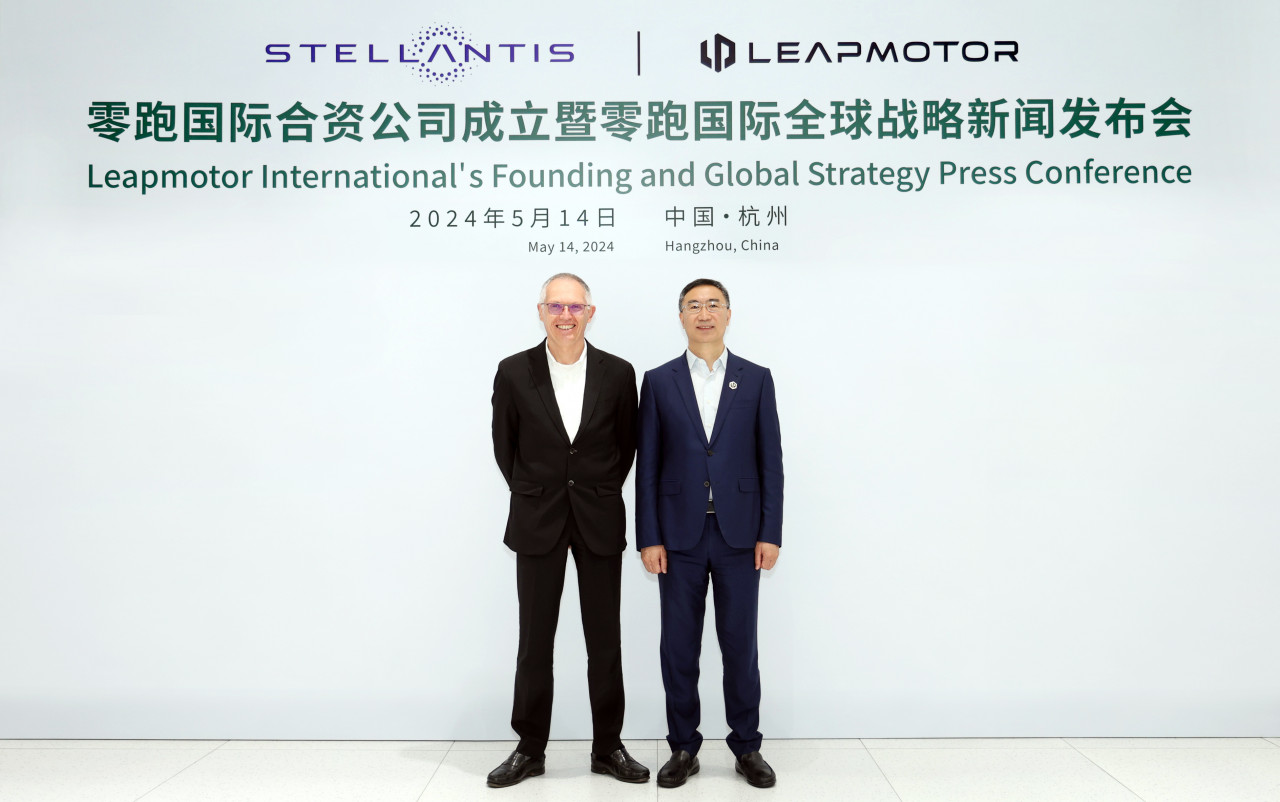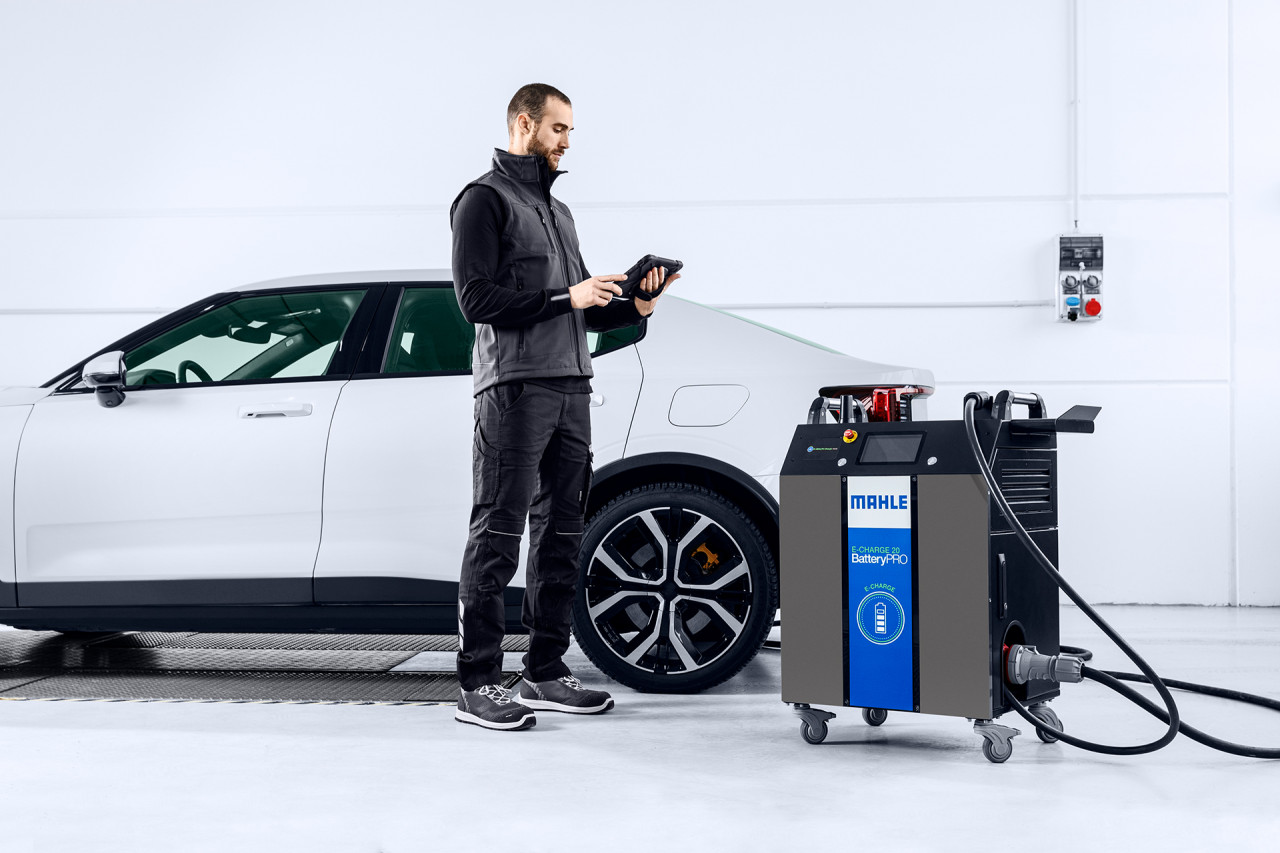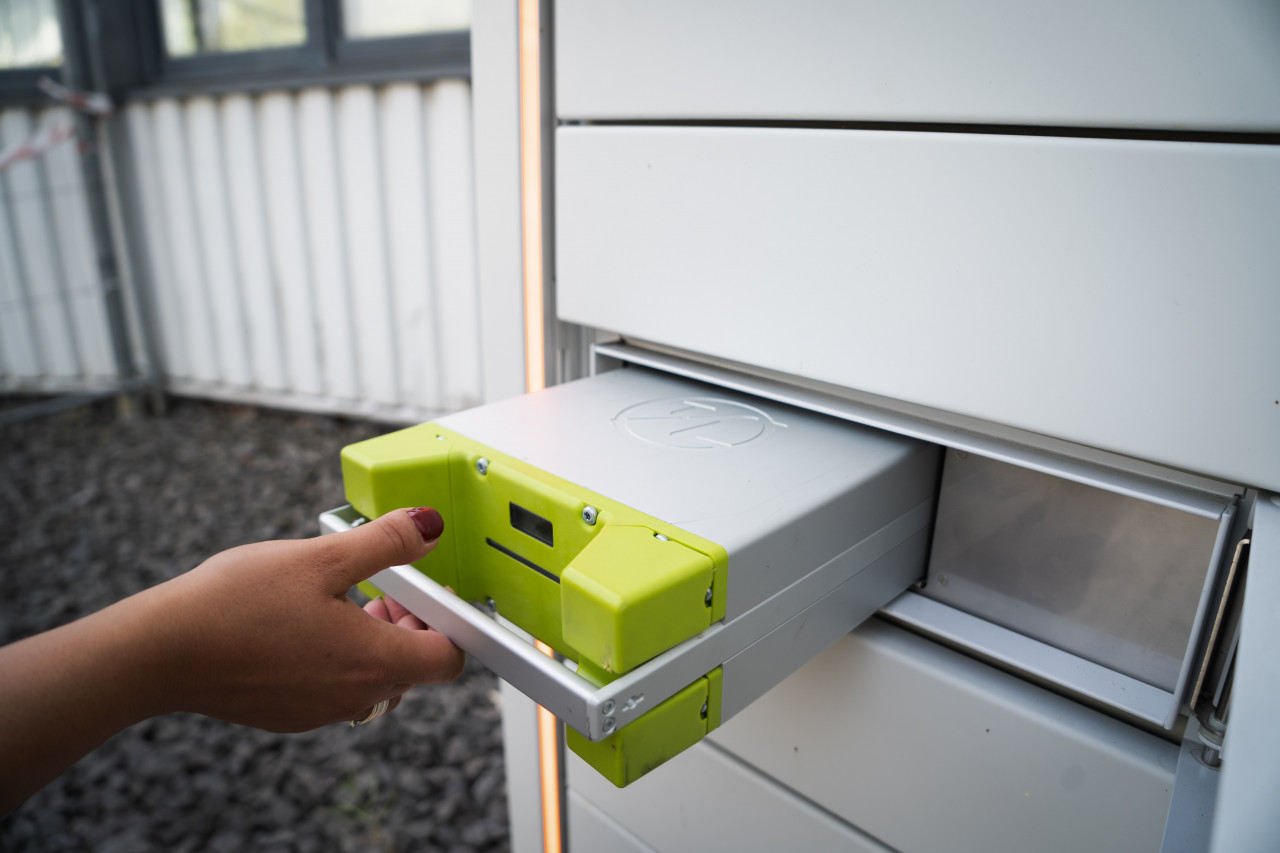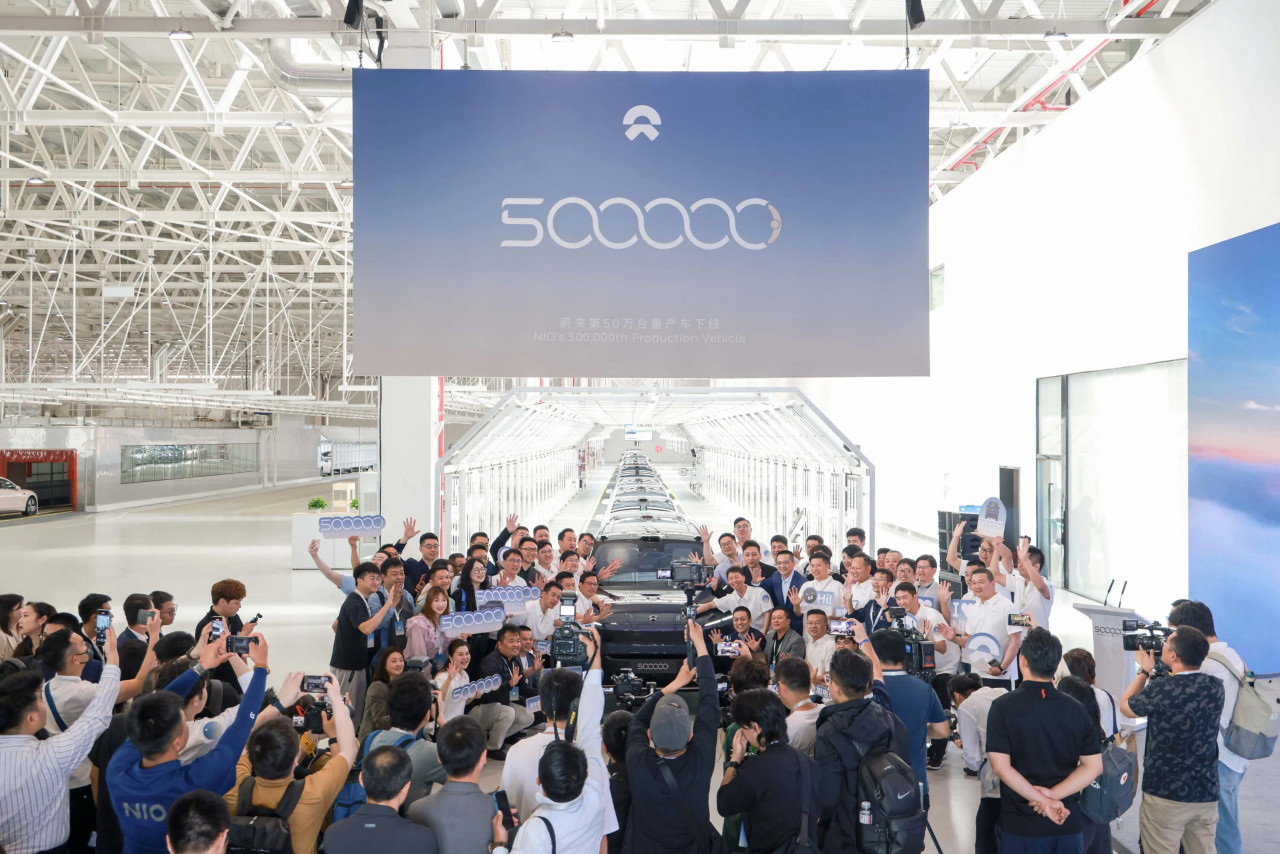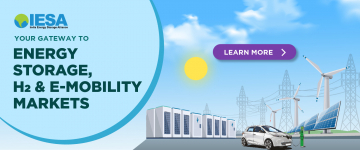Disruption and the highway to opportunity
What does it take to seize the moment and launch Indian industry into one of the biggest growth trajectories ever?Deliberating on how to configure and navigate the changing times in India, Anil Srivastava, Principal Consultant & Mission Director, NITI Aayog, speaks of impending changes and the need to achieve.
India, like so much of the world today, is at the portal to a future based on renewable energy. Our government takes special mention, since at the Paris Agreement it has committed to 175 GW of RE by 2022. Numerous steps have been taken by the government to accelerate renewable energy, storage and e-mobility in India. Let us try to delve into what will happen in the future and what is in store for us.
Before I launch into the subject,
I would like to mention an interesting observation made by Dr Rahul Walawalkar, where he said that cost reduction is not the only factor for adoption or promotion of electric vehicles. I would add that government subsidy is also not the only factor for the adoption of EVs. The reason being, if we keep the government away, things would probably move at a faster pace, and overall, it will work in the interest of all the stakeholders.
Take for instance MeitY (Ministry of Electronics & Information Technology) - it tried to enter the cell manufacturing and the handsets business. The resulting consequences are that we are the largest consumers for handsets, but we hardly manufacture any. The same can be said for solar panels.
What we need to understand now are the outcomes of this massive technology disruption that is currently taking place. Could we, for example, question if it is possible for EVs not to be adopted or not succeed. EVs appeared in 1837, before ICE technology; but because of the convergence of technology, they came into prominence just recently. The necessary ingredients which were needed for this to happen have evolved almost 200 years later. For any disruption to occur a time needs to come when conditions reach a tipping point - the point, when the time is appropriate for that disruption to take effect. This time has come for the energy sector – it is not only for electric mobility or for the clean mobility industry, but a disruption for the entire energy sector per se.
Disruptions in e-mobility
This enormous disruption which is going to take place in mobility, transport, and energy is beyond what we can imagine: EV operating equipment is 10 times cheaper than ICE; maintenance cost of an electric-motor vehicle is 10 times cheaper than for an ICE vehicle; EVs also last longer in terms of life span and so EVs are bound to succeed. The writing on the wall is the crumbling or the death of ICE technology, as the Economic Times published on their cover page more than two years ago.
The other disruption in store is the falling demand for the automobile. Transport-as-a-service or mobility-as-a-service is going to be the norm. Predictions are that by 2030, 95 percent of the miles travelled will be through shared / fleet mobility, and only five percent will be through personally-owned vehicles. Transport would be available on demand, the cost of transportation will be extremely cheap, and that in turn will place greater spending power in the hands of the common citizen; as a result the expenditure within the economy will improve.
As with RE, there are a hundred related disruptions that will take place in the near future. How well prepared we are to incorporate them and how will we embrace the changes? this remains a challenge. A few great advantages we have going for us is that we are one of the fastest growing economies; we have a large pool of young talent and a huge market size. We are also the fastest-growing automobile market in the world. Until recently the entire world had eyes turned towards India, especially for the ICE vehicle and the petro-diesel segment.
We have to encourage as well as build confidence in the Indian industry by creating awareness that the size and scale of India is our biggest opportunity
Keeping pace with development
India has made a global name for itself in the software and computer sectors. Similarly, with the participation of IESA and a hundred other such organizations that are working in renewables, we should join to make India a name in the storage and renewable energy related space. I am also happy to note that I find the younger crowd, the start-ups, more confident than the established players in this area.
So now the question arises of implications of disruption – and one of the answers to this is the redundancy of the grid structure: why should we invest in infrastructure to transfer electricity? That technology faces a disruption in the form of decentralized generation, decentralized storage and decentralized consumption of energy. And I stress the point again of how lucky we are, because we have so much solar energy available to us. It provides a huge opportunity for Indian enterprises to grow.
All the established players that are in the automobile or the energy business, even those that are Fortune 500 companies, need to look at the kind of disruption taking place. At the same time this is the greatest portal for the Indian entrepreneur to step into, and make the best use of a tremendous opportunity.

